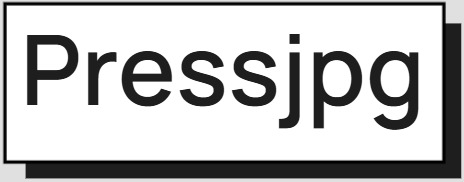Image Compression for E-Commerce: Boost Speed & Conversions
Published by ImageCompressor | Updated 2025
Introduction
In e-commerce, speed equals money. Every second your online store takes to load can cost you customers and revenue. Images are often the largest resource on e-commerce sites. Compressing them properly helps your store load faster, improve SEO, and increase conversions.
Why Image Optimization Is Crucial for Online Stores
- Product pages have multiple high-res images
- Large banners, thumbnails, zoom views add up fast
- Mobile shoppers expect instant loading
Recommended Formats and Sizes
- Use WebP or AVIF: for photos of products
- PNG: for logos, icons, or transparent graphics
- JPEG: if fallback format is needed
- Max width: 1000–1200px is enough for most storefronts
Tips by Platform
Shopify
- Use apps like Crush.pics, TinyIMG, or AVADA SEO
- Compress before uploading to avoid storage bloat
WooCommerce (WordPress)
- Plugins: ShortPixel, Smush, EWWW Image Optimizer
- Set up lazy loading and WebP conversion
Magento
- Integrate with tools like ImageKit or TinyPNG API
- Run cron jobs to optimize newly added images
Case Study
A Shopify store reduced its average image size by 70% using WebP and batch compression:
- Page load speed improved from 5.2s to 2.1s
- Conversion rate increased by 18%
- Google PageSpeed score jumped from 61 to 91
Best Practices
- Compress images before uploading using ImageCompressor
- Use lazy loading for product galleries
- Limit homepage to 3–5 images above the fold
- Test on mobile and desktop using Lighthouse
Conclusion
If you’re running an online store, compressing your images isn’t optional — it’s essential. Better speed means better UX, higher SEO scores, and more sales. Make image optimization part of your store-building checklist.
